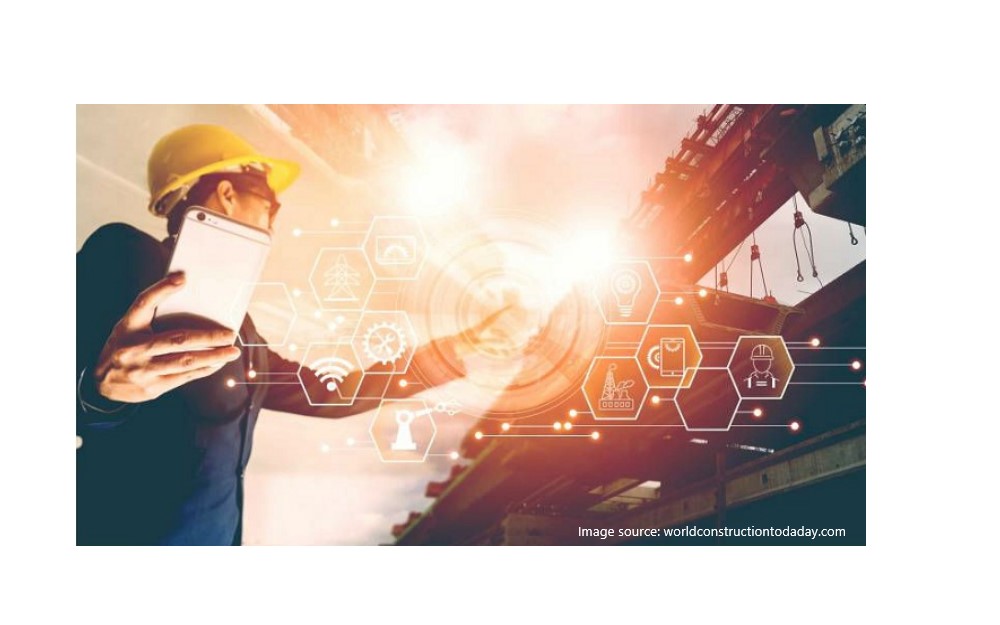
Digital technology is steadily reshaping industries worldwide, and the construction sector in Australia is no exception. With the 2024 release of reports on the state of digital adoption in the construction industry, key insights have emerged, shedding light on how technology is transforming this vital sector across various Australian states. Here’s a detailed look at how each state is faring in terms of technological advancement, the challenges they face, and the benefits they are reaping.
National Overview: The Push for Digital Adoption
Australia’s construction industry, employing over 1.3 million people, faces a host of challenges. These include rising material costs, labour shortages, and supply chain disruptions. However, digital technologies—such as artificial intelligence (AI), building information modelling (BIM), data analytics, and mobile platforms—are helping companies navigate these obstacles and drive greater efficiency. In 2024, Australian construction firms reported using an average of five different digital technologies, with medium and large enterprises utilizing slightly more
Despite the positive impact, barriers such as high costs, technical skill gaps, and inflation continue to hinder more widespread adoption of these technologies. Yet, with around 30% of companies already using or trialling AI solutions, the industry is making headway in transforming its processes
New South Wales (NSW): Leading the Charge in Innovation
New South Wales remains a leader in digital adoption within the construction sector, especially in the realm of urban development and infrastructure projects. The state has made substantial investments in advanced technologies like AI and BIM, which are being integrated into major smart city projects. Sydney, in particular, has seen significant efforts to digitize construction workflows, improving efficiency and reducing project costs.
AI is playing a key role in project planning and management, helping companies optimize labour allocation and automate repetitive tasks. In addition, BIM is enabling better visualization of construction projects, ensuring that various stakeholders can collaborate more effectively
Victoria: Digital Twins and Data Analytics
Victoria has made impressive strides in adopting digital technologies, particularly in large-scale infrastructure projects. The use of digital twins—virtual replicas of physical assets—has gained traction in this state, allowing for more accurate planning, monitoring, and maintenance of projects. This has been especially beneficial for road and rail developments, where precise data is critical to managing complex systems
Data analytics is also becoming increasingly prevalent in the Victorian construction scene, with many companies using it to gather insights and improve decision-making. The state’s focus on adopting cutting-edge digital tools is positioning it as a hub for innovation, despite facing challenges such as skill shortages and high implementation costs.
Queensland: Tackling Labor Shortages with AI
Queensland has faced significant challenges, including labour shortages and rising construction costs. However, the state is using digital technologies to alleviate some of these pressures. AI adoption in Queensland is on the rise, particularly in areas like construction site management and project forecasting. These technologies are helping companies minimize downtime, optimize supply chains, and make data-driven decisions to improve project timelines
In addition to AI, mobile applications and cloud-based platforms are playing a crucial role in improving communication and coordination among teams, enabling real-time access to project data from any location.
Western Australia (WA): Integrating Digital Twins for Remote Projects
Western Australia, known for its vast and often remote construction sites, is focusing on the integration of digital twins and AI to improve the efficiency of large-scale projects, particularly in mining and infrastructure. These technologies allow project managers to remotely monitor and manage sites, reducing the need for constant on-site supervision and minimizing errors
The use of drones, sensors, and other IoT (Internet of Things) devices is also on the rise in WA, helping companies collect real-time data on project progress and environmental conditions. This not only improves safety but also enhances project timelines by providing accurate, up-to-date information that can be acted upon swiftly.
South Australia: Early Stages of AI Adoption
In South Australia, the construction industry is still in the early stages of digital adoption, but there is significant potential for growth. AI and data analytics are beginning to be introduced to address labour and material shortages. The state is also focusing on improving the digital skills of its workforce, recognizing that bridging the skills gap will be critical to future success
The 2024 reports highlight the ongoing digital transformation of the Australian construction industry, with each state at varying stages of adoption. While challenges remain, particularly around cost and skills gaps, the future looks promising. As more companies embrace technologies like AI, BIM, and digital twins, the construction sector will become more efficient, resilient, and innovative paving the way for a more sustainable and productive industry across Australia.
In the years to come, continued investment in digital technologies will be crucial for maintaining Australia’s competitive edge in the global construction landscape
Draftech – Your Project, Our Expertise
Testimonials
Very professional and efficient organization. Delivered a great product to a tight deadline.
ACE Power
Karl and the team are very professional and have a vast knowledge of BIM coordination.
Dwayne Willaims Babinda Electrics
We had multiple large projects with tight deadlines and needed a company we could trust. The teams delivery, attention to detail and understanding of what is being designed is always executed to a high standard.
Martin O’Donovan Envar Engineers
Draftech offered a flexible and reliable approach to working collaboratively with our team. They met our expectations and quality requirements and also offered up new ideas.
Draftech have proven to be a valuable and trustworthy resource and we will continue to work with Draftech on other projects.
Simon Marsden Umow Lai
Draftech is different from others in the professionalism and features they provide.
The ability to walk through projects in real time online provides invaluable insight into problem areas and helps provide an efficient resolution on the spot without many phone calls, emails and the necessity for us to paw through countless drawings to understand the issues.
Todd Morris Manager - Air mech
Draftech were put forward to FIP Electrical as the solution to Coordinate, Model, carry out clash detection, provide Electrical Services Shop Drawings, as built documentation and completed electrical model.
Simon Thorpe FIP Electrical
In close collaboration Draftech set up all our systems and model deliverables. In this process Draftech have proven to be a valuable resource for us and demonstrated commitment, understanding and professionalism.
David Skelley DJCoalition
Draftech’s attention to detail and proactive nature throughout the project assisted us in identifying issues before becoming evident on site, saving us both time and unexpected costs.
Matt Payne PJM Engineering Services
They delivered very high quality Revit models and associated 2D documentation at key milestones, working to a tight budget and in strict accordance with the Architects’ BIM requirements.
Peter Thomas Geoff Hesford
We found Draftech’s work to be of high standard and the team delivered exactly as agreed, in fact, when we considered the project complete, Draftech put further resources into the project as they were not satisfied.
John Johnson Beca
Engaging Draftech during design gave us the tools to make smart decisions.
Hansen Yuncken Design Manager - Michael Harkins
The drafting service is timely, reliable and fit for purpose for the built environment.
Peter Harvey Harvey Industries
Draftech stands apart from other drafting services that we have previously used in their attention to detail and ability to adapt to the individual client’s requirements.
Doug Holt McCaig Aircon
I can confidently recommend Draftech as a solid and reliable supplier, and experts in their field. I look forward to working with them again in the near future.
Chris Behan Norman Disney & Young
After seeing the benefits Draftech provided us on the Townsville Hospital Redevelopment we have set up a relationship with Draftech and intend to continue to use their BIM knowledge and skills for our future projects.
Brad Lund Energy Power Systems
Draftech has no competition as they are in a class of their own.
John Boyes Babinda Electrics
Draftech Developments Drafting and Design Capabilities, in conjunction with their outstanding level of Client service and support has provided great solutions to our engineering and Drafting Design portions within our Gorgon Barrow Island Project.
Aaron Hazelton Applied Electro Systems Pty Ltd
Draftech set up necessary systems and workflows very quickly, but also setup auditable estimating and weekly cost tracking processes that we utilised, requiring little maintenance.
TOM PURDON MPM GROUP




























